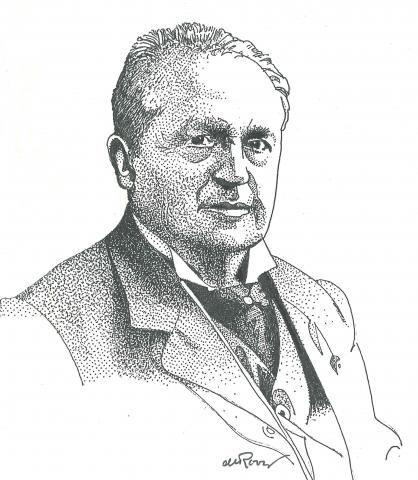A revised and updated version of
Abraham Kuyper: An Annotated Bibliography 1857-2010 by Tjitze Kuipers (2011)
You can buy a printed edition of this book on the site of the publisher.
1886
This counter-memorandum was the first of the seven appendices that accompanied Aan de Algemeene Synode. Openbaar schrijven van de geschorste kerkeraadsleden te Amsterdam, onder dagteekening van de 27sten februari 1886 [To the General Synod. An open letter by the suspended members of the Consistory of Amsterdam, dated February 27, 1886]. The other appendices were 1873.05, 1886.01, 1886.08, and two defenses written or co-authored by A.F. de Savornin Lohman in early 1886.
The counter-memorandum was composed in opposition to the Memorie van noodige inlichtingen in zake het Amsterdamsche conflict, door het Classicaal Bestuur van Amsterdam in zijne vergadering van den 1sten Februari 1886 opgemaakt [Memorandum of necessary information about the conflict in Amsterdam, prepared by the Board of the Classis of Amsterdam in its February 1, 1886 meeting]. The Board of the Classis of Amsterdam published this memorandum, with a few editorial changes and additions, under the title: Waarom tachtig kerkeraadsleden te Amsterdam voorloopig geschorst? Noodige inlichtingen, door het Classicaal Bestuur van Amsterdam gegeven en openbaar gemaakt [Why have eighty members of the Consistory of Amsterdam been provisionally suspended? Necessary information furnished and made public by the Board of the Classis] (Amsterdam: D.B. Centen, 1886). The counter-memorandum critically comments on the main arguments in the board’s memorandum. It was rushed to print just after the board published its memorandum.
Those interested in acquiring copies were given only a few days to place orders, after which the publisher printed the counter-memorandum in a limited edition.


